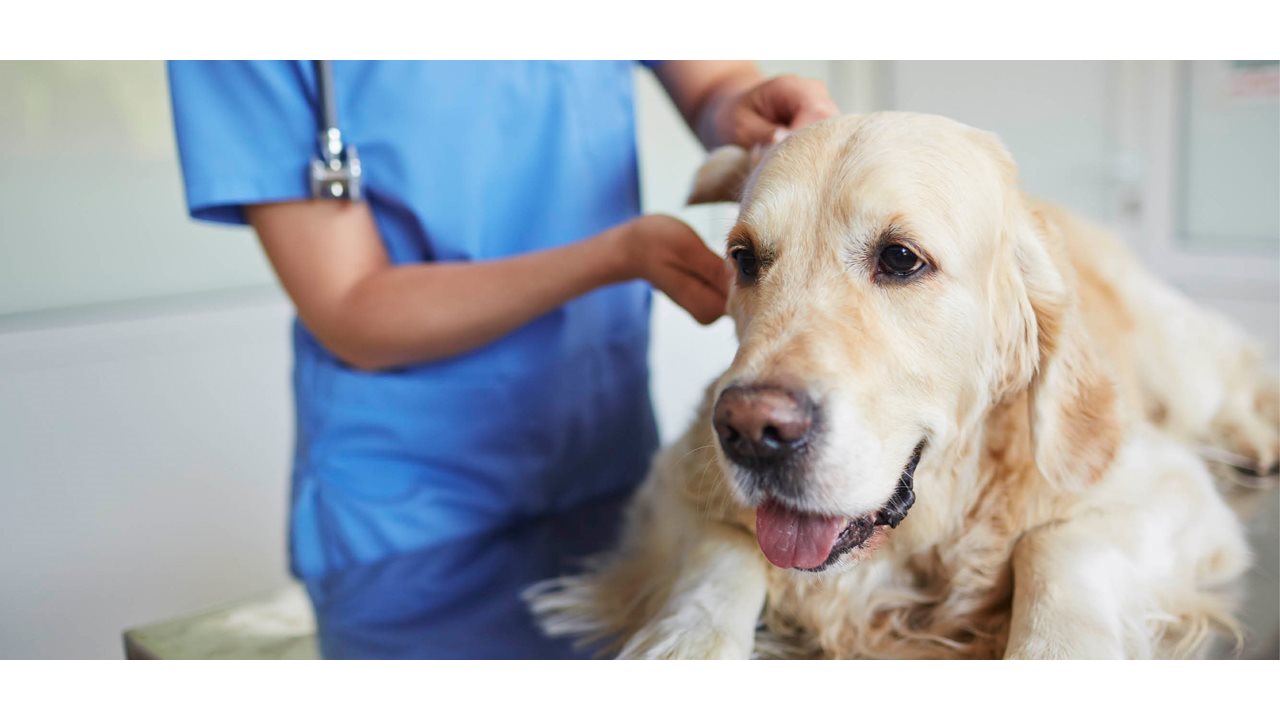2024-10-15T16:15:00
(BPT) – Fall is here, and it’s the perfect season to experience a warm coastal autumn in Myrtle Beach, South Carolina. All along the Grand Strand, you’ll find seasonal celebrations, outdoor activities and incredible events for the whole family to enjoy.
While the area is renowned for its summer activities, the off season means fewer crowds, blue skies and sunshine well into late fall — all at a great value.
Here are some of the many incredible adventures you can have this fall at The Beach.
Outdoor recreation
As the weather cools down, South Carolina offers plenty of outdoor activities to enjoy. Take a trip to Myrtle Beach State Park, which stretches across the Grand Strand coastline. In this oceanfront maritime forest, you can watch the sunrise over the ocean, kayak on open waters and even learn how to crab fish! For birdwatchers, the South Carolina state parks along the Grand Strand are a hotbed for a variety of flocks. No matter what type of outdoor adventurer you are, you can find an unforgettable nature experience.
Food and drink
One of the best parts of a trip is tasting the local cuisine. With over 2,000 restaurants, Myrtle Beach offers everything from fresh-caught seafood to fusion fare and traditional dishes.
Head to the Myrtle Beach Convention Center for Taste of the Town on Oct. 22, featuring many of the Grand Strand’s Finest Restaurants, culinary awards, live entertainment, and silent auction. Then get ready to be served the freshest seafood around at I Love Seafood Fest on Oct. 26, where you can sample lobster, crab, crawfish, shrimp, and much more. Live entertainment and cooking demos are also planned for this fun fest at Burroughs and Chapin Pavilion Place.
Beer enthusiasts can explore The Beach’s best breweries with the Myrtle Beach Beer Trail. The digital passport allows participants to “check-in” at the area’s 10 best beer destinations, explore The Grand Strand and earn fun prizes along the way.
Festivals and events
October is the best time to explore Myrtle Beach’s festivals and local events!
The city of Conway embraces its official “City of Halloween” title with various activities throughout October, including a Halloween Golf Cart Parade, a home-decorating contest and more, ensuring there’s something for everyone to enjoy the fall spirit.
The Murrells Inlet MarshWalk Halloween celebration is one you won’t want to miss. Taking place on Oct. 31, the Marsh Walk will host costume contests for kids and adults and trick-or-treating beginning at 5 p.m. Enjoy food and drinks at all eight MarshWalk restaurants throughout the evening!
Live entertainment
Myrtle Beach is the place to be for live entertainment this fall. Every Thursday through Oct. 24, visit Nance Plaza in downtown Myrtle Beach for Nights at Nance Fall Concert Series. These al fresco events feature live music from popular area artists as well as local food and beverage vendors.
For shows, concerts, comedy and acrobatics, get your tickets for a night at the Alabama Theatre. The Beach’s premier entertainment venue hosts exciting productions that are sure to be the highlight of your family fall getaway.
If you’re strapped for time, don’t miss the award-winning two-hour show at the Carolina Opry, which blends high-energy music, comedy and dance. The venue itself is something to behold, so at every show, you can enjoy state-of-the-art lighting, sound and special effects in a luxurious theater.
Get ready for fall at The Beach
Fall in Myrtle Beach means great deals on hotels, with packages offering up to 25% off or free nights, making an unforgettable vacation more affordable than ever.
Don’t miss out on Myrtle Beach’s temperate autumn climate, outdoor adventures, culinary experiences, festivals and entertainment. Start planning your fabulous fall trip to The Beach at VisitMyrtleBeach.com.


















